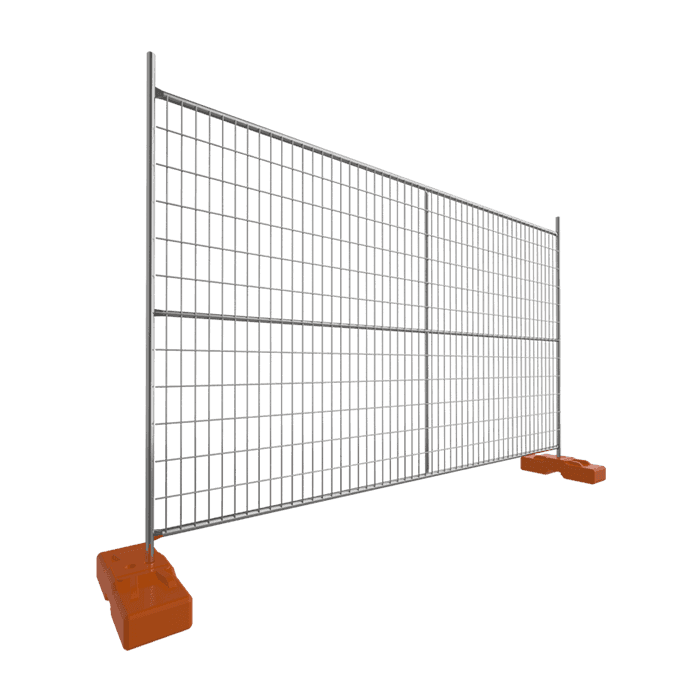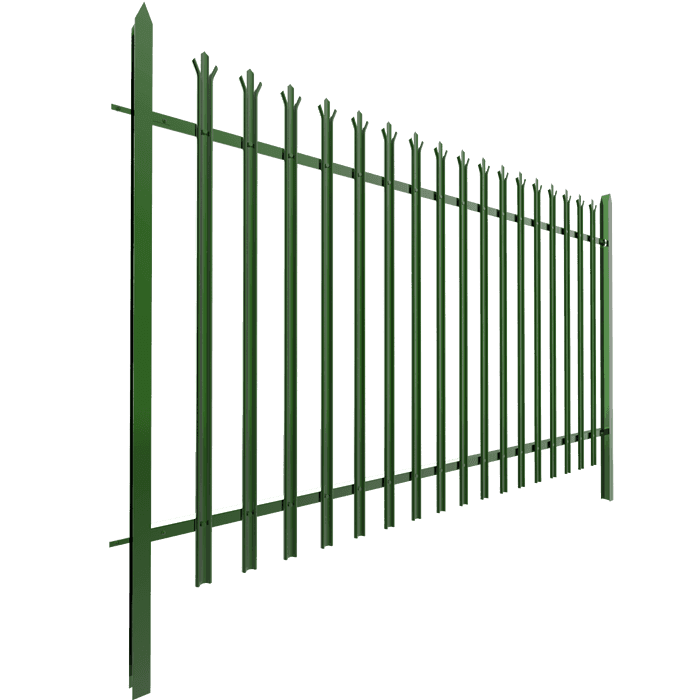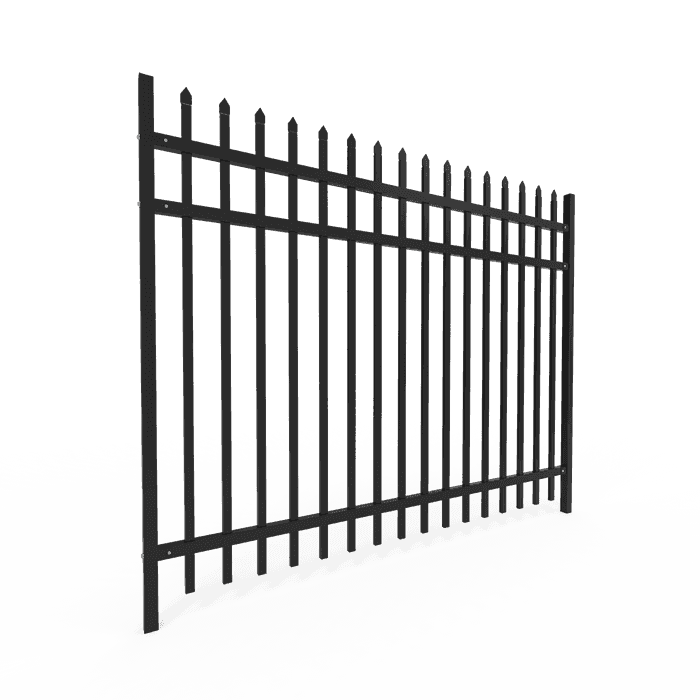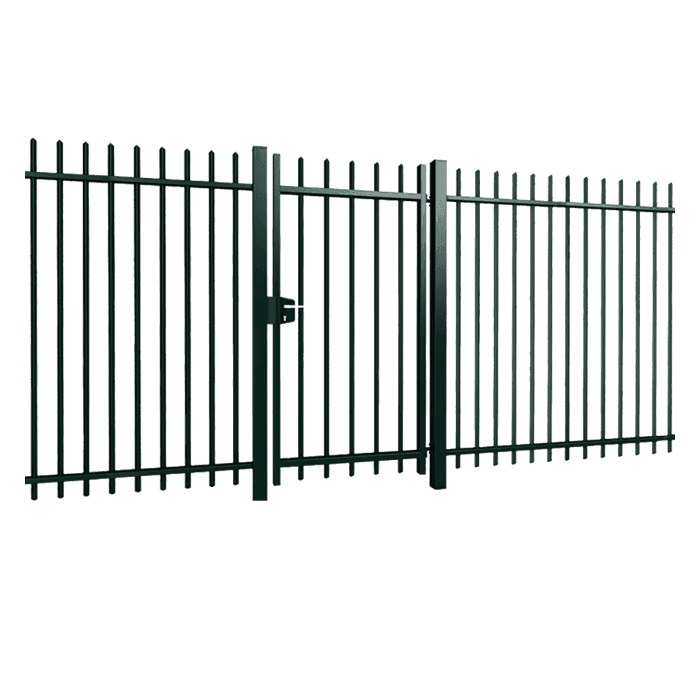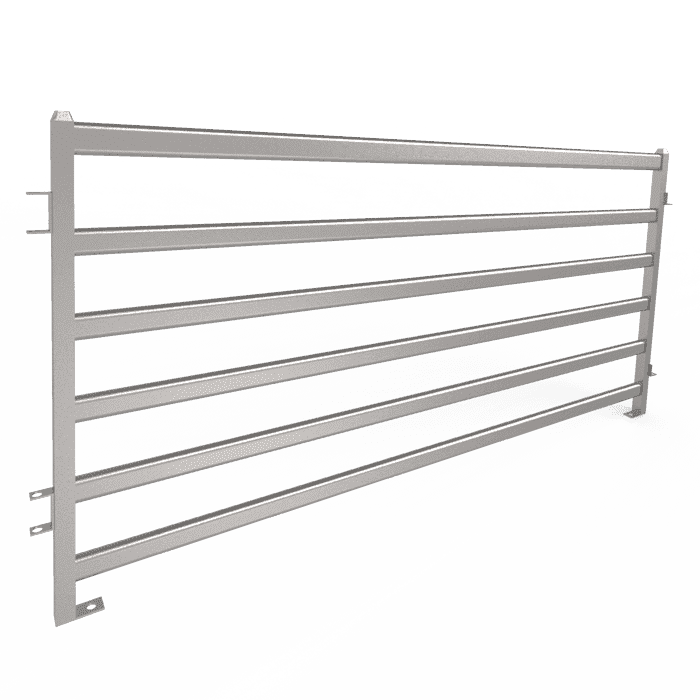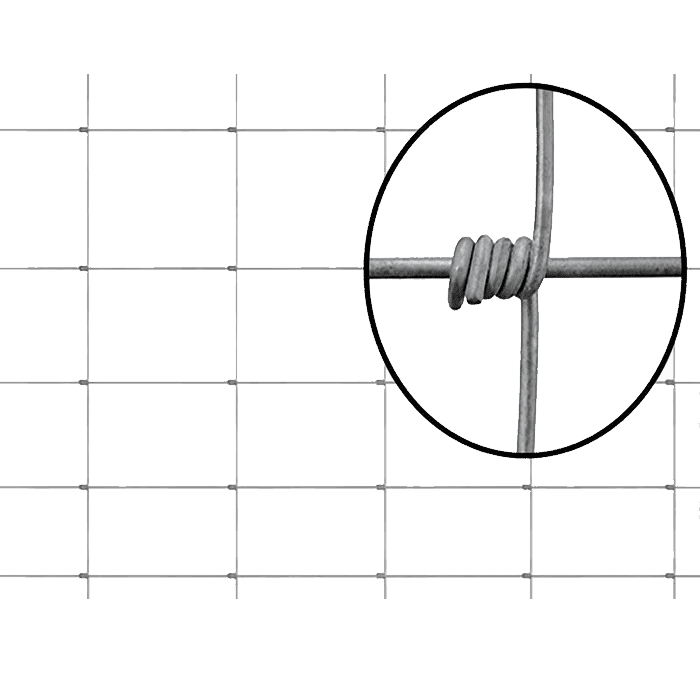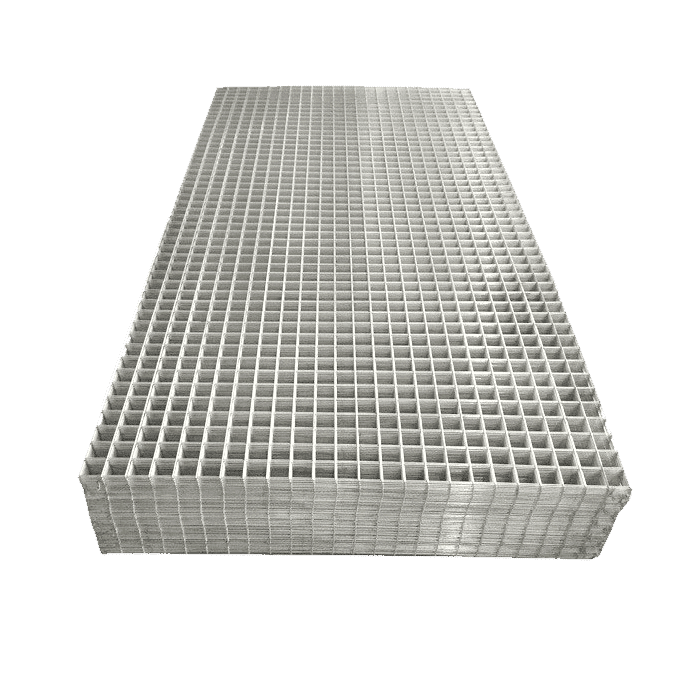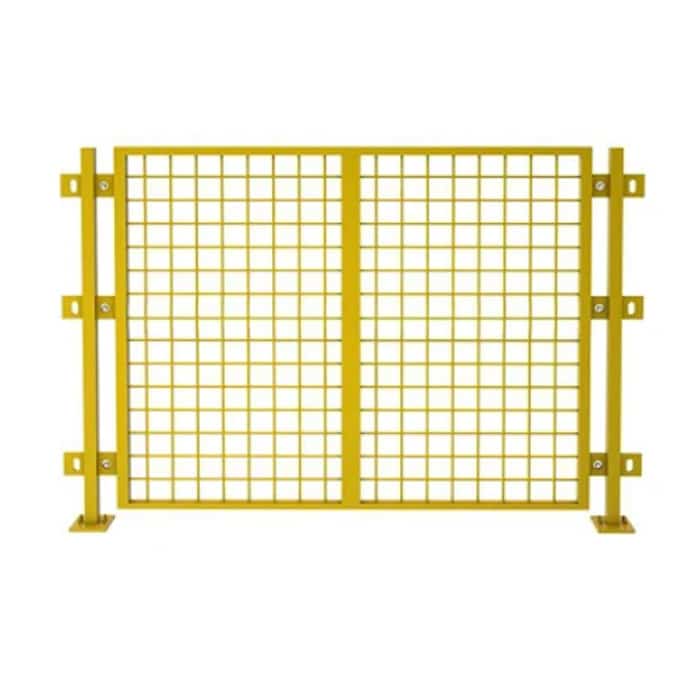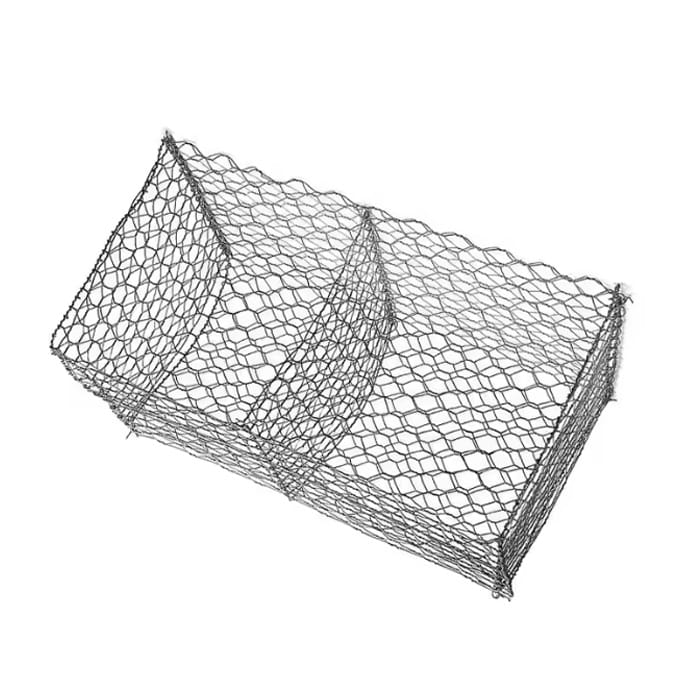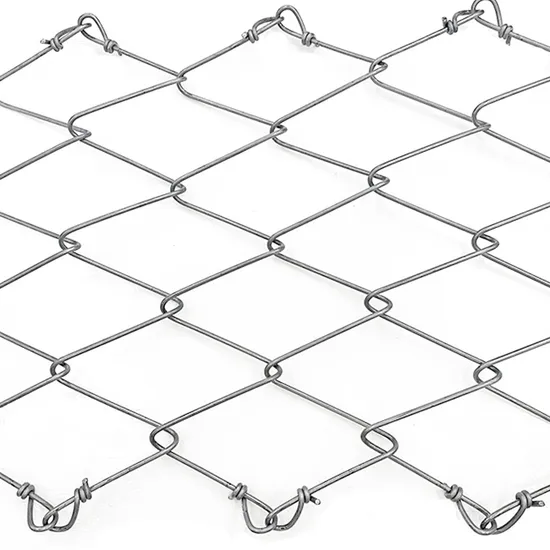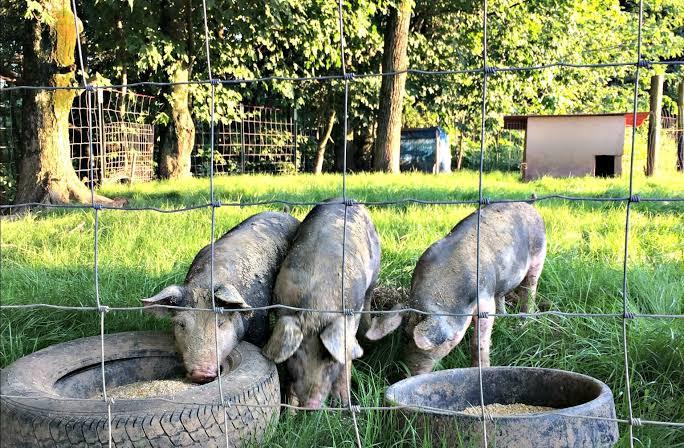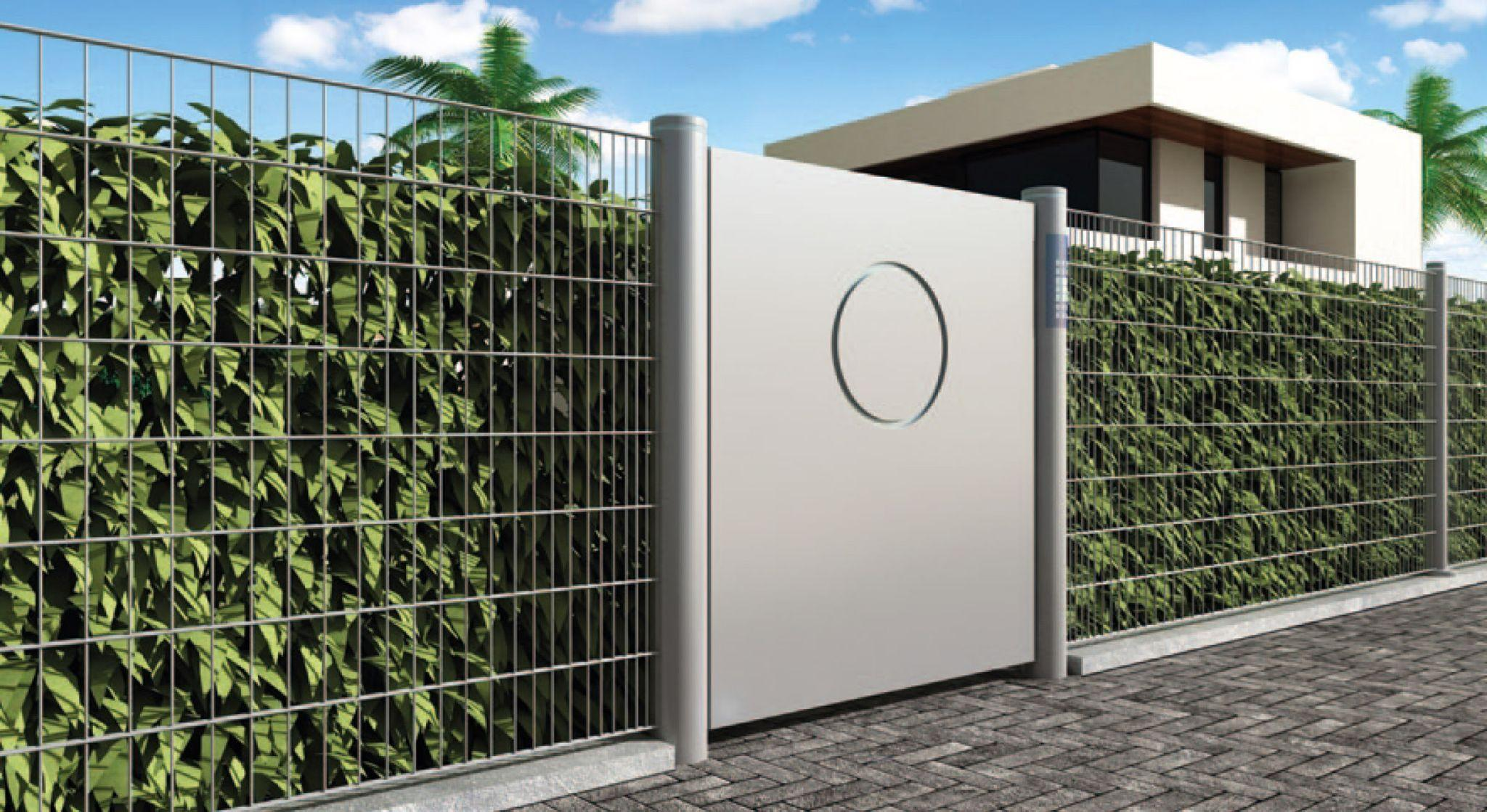Table of Contents
Privacy is a luxury that homeowners increasingly seek in today’s fast-paced, densely populated environments. Whether it’s to enjoy a peaceful backyard, enhance security, or define your property boundaries, installing a privacy fence is one of the most effective solutions. When people search for “privacy fence,” they are not just looking for a product they’re seeking peace of mind, control, and aesthetic improvement to their personal space.
The intent behind this search typically stems from discomfort nosy neighbors, intrusive views, pets or children wandering off, or even just the need for a quiet sanctuary. This article explores what privacy fences are, the best materials to use, the factors to consider before building, their advantages, and how to maintain them long-term.
1. What is a Privacy Fence?
A privacy fence is a type of fencing structure designed primarily to obstruct visibility into a property. Unlike picket or wire fences, privacy fences are typically tall often six feet or more and have no gaps between boards or panels. This solid construction ensures that people outside cannot easily see into your yard or garden.
The main role of a privacy fence is to create a secluded environment. It turns your backyard into a private retreat where you can entertain guests, relax with your family, or enjoy a quiet cup of coffee without feeling exposed. This is especially useful in suburban neighborhoods with closely packed homes.
A Functional Property Divider
Aside from shielding you from prying eyes, a privacy fence also serves as a definitive boundary between properties. This is especially valuable in shared neighborhoods or developments where lot lines can be confusing or disputed.
By clearly marking your property limits, a privacy fence helps avoid accidental trespassing and potential neighborly disagreements. It can also keep landscaping efforts contained within your own perimeter and prevent others from encroaching.
A good privacy fence leaves no question about where your land ends and someone else’s begins. This can be a particularly valuable asset if you’re looking to sell your home, as clear boundaries add to perceived property value.
An Architectural Feature
While privacy is its main function, a privacy fence also contributes to the aesthetic appeal of your home. Modern designs can complement your house’s architecture, enhance landscaping, and contribute to curb appeal.
Many homeowners now choose designer fences with decorative tops, latticework, or color variations. These stylistic elements help blend functionality with beauty and elevate a simple barrier into an architectural feature.
2. What Materials Can Be Used to Make Privacy Fences?
Wood
Wood is by far the most traditional and popular choice for privacy fences. Its natural appearance blends seamlessly into outdoor spaces, giving your home a warm, classic look. Cedar, redwood, and pressure-treated pine are commonly used for their resilience to insects and moisture.
One of the key advantages of wood is its versatility. It can be stained or painted in virtually any color, cut into different styles like vertical or horizontal planks, and fitted with decorative caps or lattice tops. It’s ideal for homeowners looking to personalize their fencing to match their yard or home design.
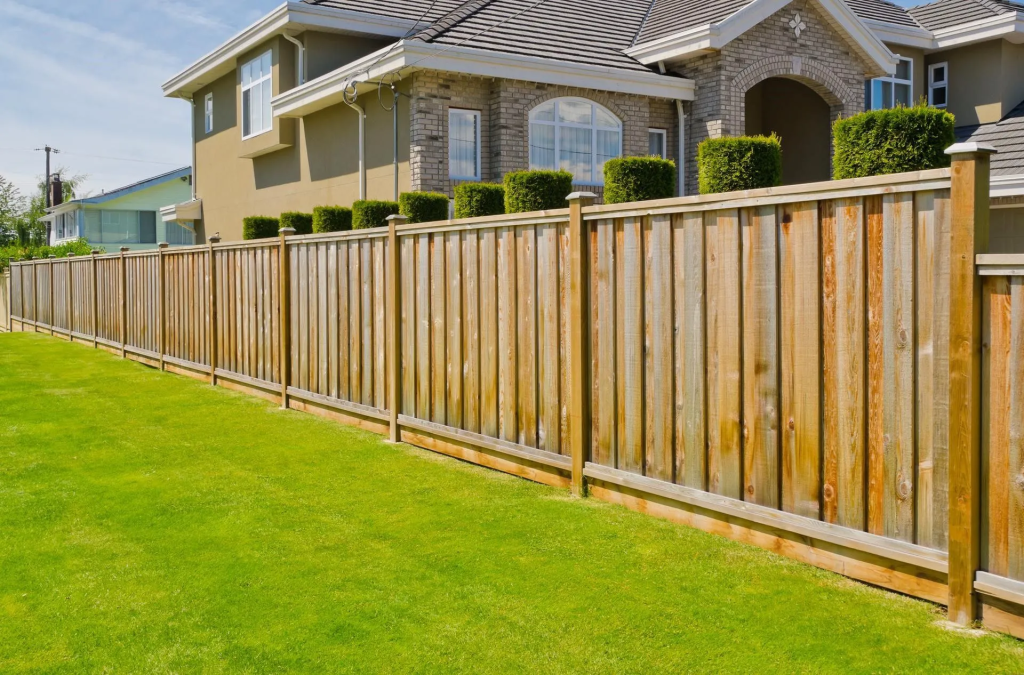
Vinyl
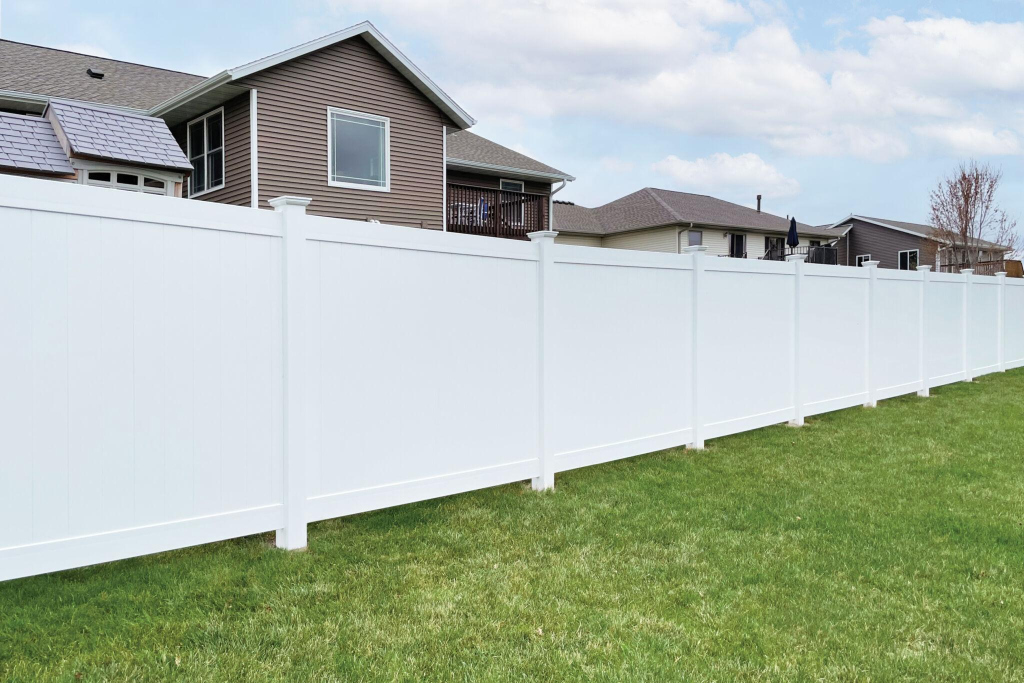
Vinyl is a low-maintenance alternative that has gained massive popularity in recent years. It’s made from durable PVC material, which resists moisture, rot, and UV damage. It also doesn’t splinter, warp, or fade as quickly as wood can.
What makes vinyl appealing is its consistent look and minimal maintenance requirements. Cleaning it typically involves just a quick spray with a hose or wipe down with soapy water. It’s also available in a variety of colors and textures, including wood-grain finishes for those who want the wood look without the upkeep.
Composite
Composite fencing is made by combining recycled wood fibers and plastic polymers to create a durable, eco-friendly material. It’s specifically engineered to mimic the look and texture of natural wood, making it a popular choice for homeowners who want aesthetics without the drawbacks of wood maintenance.
What makes composite fencing stand out is its resistance to rot, warping, fading, and insect damage. Unlike wood, it doesn’t splinter, and you won’t need to seal or paint it regularly. This makes it especially ideal for areas with high moisture, intense sunlight, or termite activity.
Metal Fencing
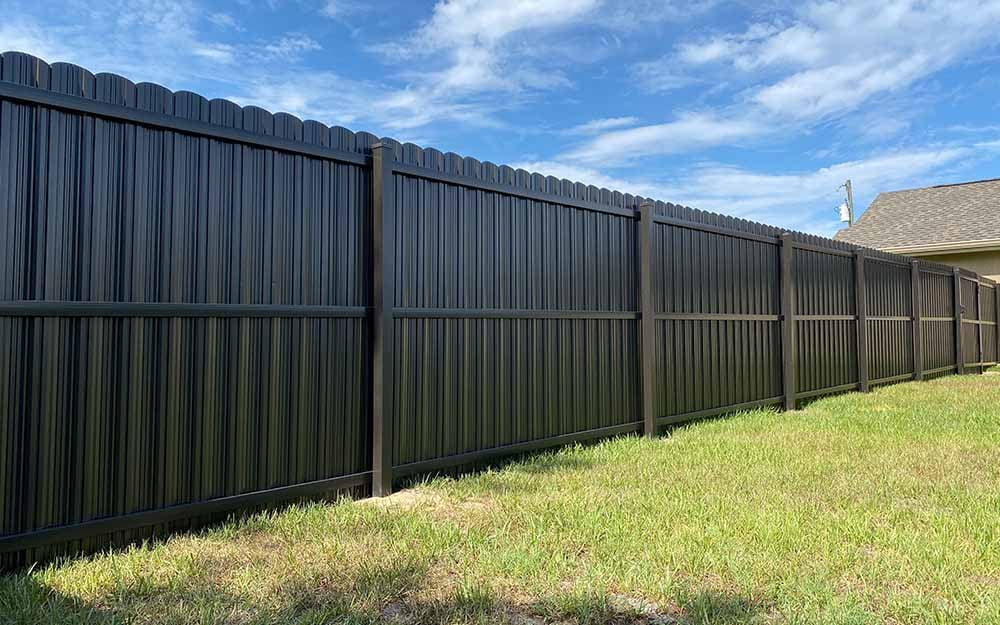
Metal privacy fences particularly aluminum and steel are gaining popularity for their sleek, modern appearance and incredible strength. While metal has traditionally been used for ornamental fencing, new designs now incorporate privacy panels or slats that offer both seclusion and security.
Aluminum is lightweight, rust-resistant, and perfect for humid or coastal climates. It requires very little maintenance and comes in powder-coated finishes that resist peeling and fading. Steel, while heavier and stronger, may need additional treatment to prevent corrosion over time, especially in wet environments.
The biggest appeal of metal fencing lies in its longevity. It doesn’t warp, crack, or degrade like organic materials, making it a great long-term option. While installation can be more involved, the clean lines and modern aesthetic make it a favorite for contemporary homes and urban properties.
Bamboo Fencing
Bamboo fencing offers a unique, eco-conscious solution for homeowners seeking both privacy and style. Because bamboo grows quickly and abundantly, it’s considered one of the most sustainable fencing materials available on the market today.
Visually, bamboo creates an earthy, tropical look that blends beautifully with natural landscapes. It’s ideal for garden settings, zen-style yards, or homeowners looking to add a cultural flair to their outdoor design. Bamboo panels can be mounted onto existing fences or installed as standalone sections.
Masonry Fencing (Stone or Brick)
Stone and brick fences represent the pinnacle of durability and privacy. Built from solid masonry materials, these walls create a fortress-like boundary that blocks both sight and sound. They are ideal for homeowners who want maximum separation from the outside world.
Aesthetically, masonry fences exude timeless elegance. Natural stone gives a rustic, organic charm, while brick offers a clean, classic appearance. These materials can be customized in terms of color, pattern, and height, making them suitable for both traditional and modern architecture.
3. Factors to Consider When Building a Privacy Fence
Legal and Zoning Requirements
Before picking up your tools, it’s essential to understand local regulations. Many cities and municipalities have specific zoning laws that dictate how high your fence can be, how close it can sit to your property line, and what materials you can use.
Failing to comply with these rules can result in fines or even orders to take the fence down. You may also need to check with your homeowners’ association (HOA), which often has its own set of guidelines related to fence appearance and placement.
The smart move is to apply for a permit before starting construction. It shows responsibility, avoids future legal issues, and keeps your project on the right side of the law.
Fence Height and Design
Height is one of the biggest considerations when building a privacy fence. Most privacy fences range between 6 and 8 feet, which is typically sufficient to block views from the street or neighboring yards.
Your fence design also matters. Vertical panels provide a traditional look, while horizontal slats offer a more modern vibe. Adding lattice tops or decorative post caps can improve both style and function, allowing light through while still blocking most views.
Keep in mind that the terrain of your yard—hills, slopes, or obstacles—can impact your design choices. Adjustments might be needed to ensure consistent height and effectiveness across your property.
Purpose and Budget
Clarifying the purpose of your fence helps you make better choices. Are you building it for privacy, security, or both? Will children or pets be using the yard? Do you live in a high-wind or storm-prone area?
Your answers will guide material and design selection. For example, if you’re mainly focused on sound reduction or keeping dogs inside, you might prioritize height and thickness over aesthetics.
Budget also plays a huge role. While wood is cheaper upfront, composite or vinyl might save you money in the long term due to reduced maintenance. Factor in not only the cost of materials but also labor, permits, and possible landscaping adjustments.
4. What Are the Advantages of Privacy Fences?
Privacy and Peace of Mind
The most obvious benefit is, of course, privacy. A well-built fence allows you to enjoy your backyard without feeling like you’re on display. Whether you’re entertaining guests or relaxing solo, your outdoor space becomes a true extension of your home.
You can sunbathe, read a book, or have a barbecue without worrying about people peeking in. This sense of freedom is especially valuable in neighborhoods with closely packed homes or foot traffic.
Even partial visual separation like staggered panels or mixed materials—can make a big difference in how open or exposed your yard feels.
Increased Security and Safety
A tall, solid fence acts as a natural deterrent for intruders. It makes it harder for burglars to access your property or for passersby to scope out your valuables. It also helps protect children and pets from wandering off or encountering potential hazards.
Many insurance companies even offer lower premiums for fenced properties due to the added security. In high-risk areas or properties near main roads, the safety boost is significant.
Additionally, fences can help contain pets, reducing the chance they’ll get into altercations or be harmed by traffic. This makes your home safer not just for you but for everyone in it.
Aesthetic Appeal and Property Value
Besides its functional benefits, a privacy fence can greatly improve your property’s visual appeal. A beautifully stained wooden fence or clean white vinyl enclosure gives your home a more polished, finished look.
Landscaping elements like climbing vines, flower beds, or built-in planters along the fence line can further enhance the visual experience. It turns your backyard into a cozy, curated environment.
Finally, a privacy fence can boost your property value. Potential buyers often see fenced yards as a plus especially those with families or pets making your home more attractive in the real estate market.
5. Daily Maintenance Tips for Privacy Fences
Regular Inspections
Routine checks are your first line of defense in keeping a privacy fence in good shape. Look for signs of wear like cracked panels, leaning posts, insect infestations, or water damage.
Spotting issues early can save you from more costly repairs. For example, a small area of rot in a wooden fence can be patched, while neglect could lead to needing a full panel replacement.
For metal or vinyl fences, look for rust spots or loose hardware. Tightening bolts and hinges ensures your gate functions smoothly and the structure stays sturdy.
Cleaning and Surface Care
All fence types benefit from periodic cleaning. Wood fences should be gently scrubbed with soapy water or a wood cleaner to remove dirt, mildew, or algae. Avoid using high-pressure washers that can strip protective finishes.
Vinyl fences are easier just hose them down or wipe with a mild detergent. For composite fences, use non-abrasive cleaners that won’t wear down the material.
Wood fences should also be resealed or repainted every 2-3 years. This not only maintains their appearance but also protects them from moisture and UV damage. Choose a high-quality, weather-resistant product for best results.
Preventative Measures
Keep nearby trees, vines, and shrubs trimmed back. Overgrown vegetation can scratch, stain, or trap moisture against the fence, causing faster degradation.
Ensure the ground around the fence drains well. Standing water leads to rot in wood and mold on vinyl. If needed, consider adding gravel or trenching to improve drainage.
In snowy or icy climates, avoid piling snow against the fence. When using de-icers, choose pet- and fence-safe products to avoid corrosion or staining.
Final Thoughts
When people search for a privacy fence, they’re not just buying a product—they’re investing in peace of mind, security, and comfort. A thoughtfully chosen and properly maintained fence turns your outdoor space into a sanctuary, free from intrusion and full of potential.
From choosing the right material to understanding local regulations, building a privacy fence is a significant yet rewarding project. With careful planning, your fence will not only serve a practical purpose but also elevate the beauty and value of your home.
Take the time to maintain it, personalize it, and enjoy the transformation. A privacy fence is more than a boundary, it’s a statement of how much your personal space means to you.


